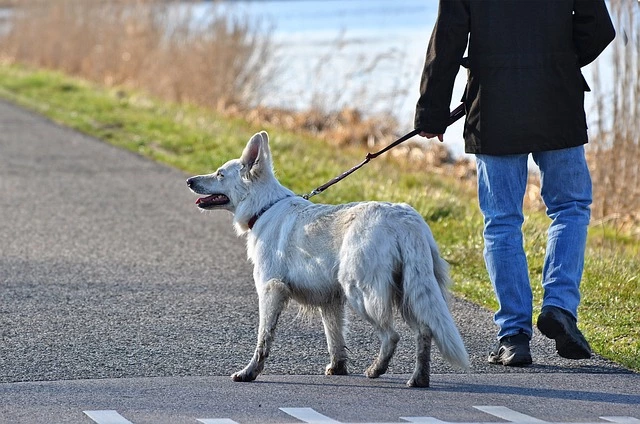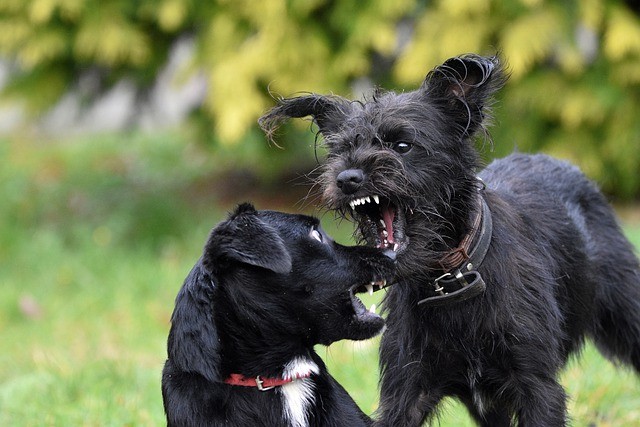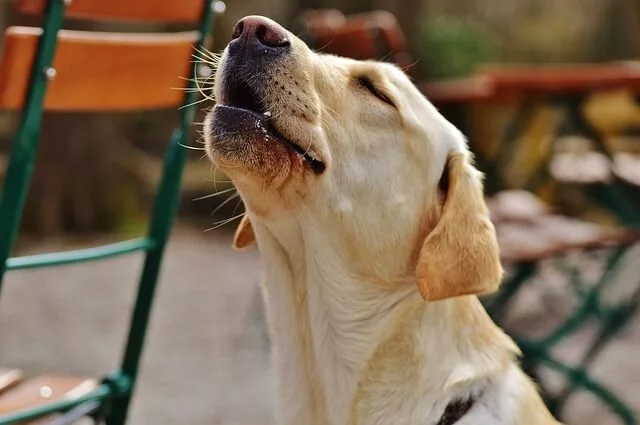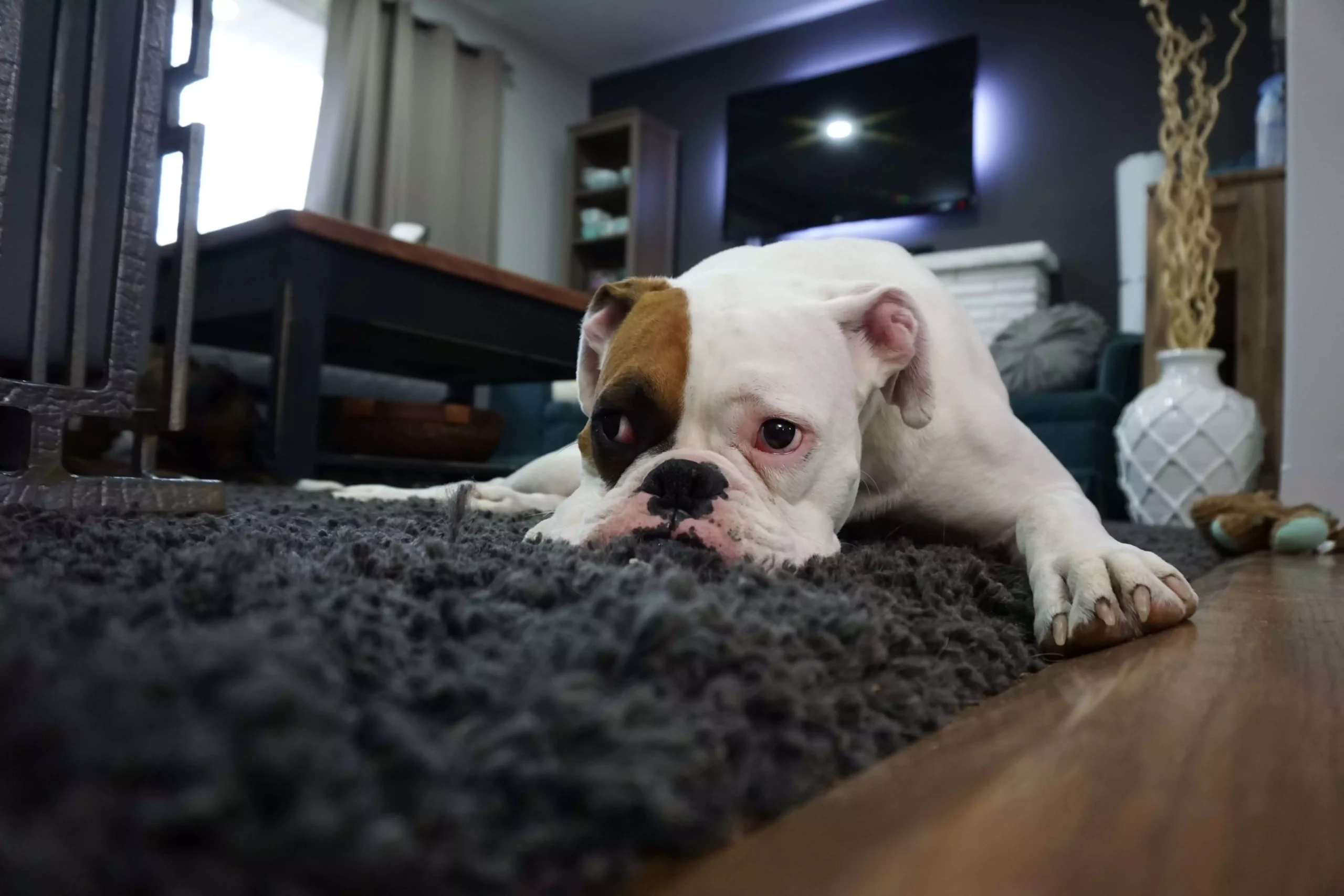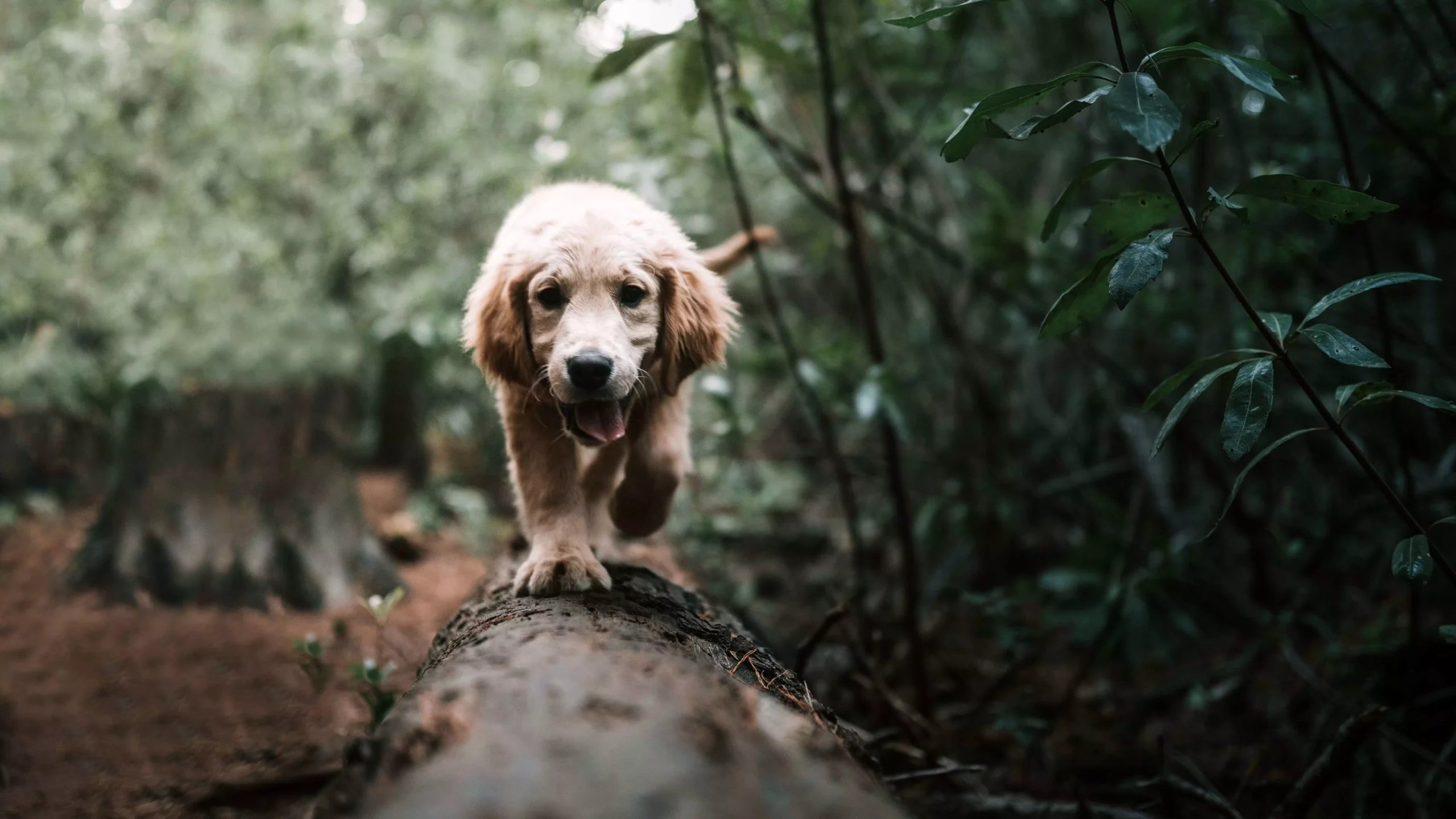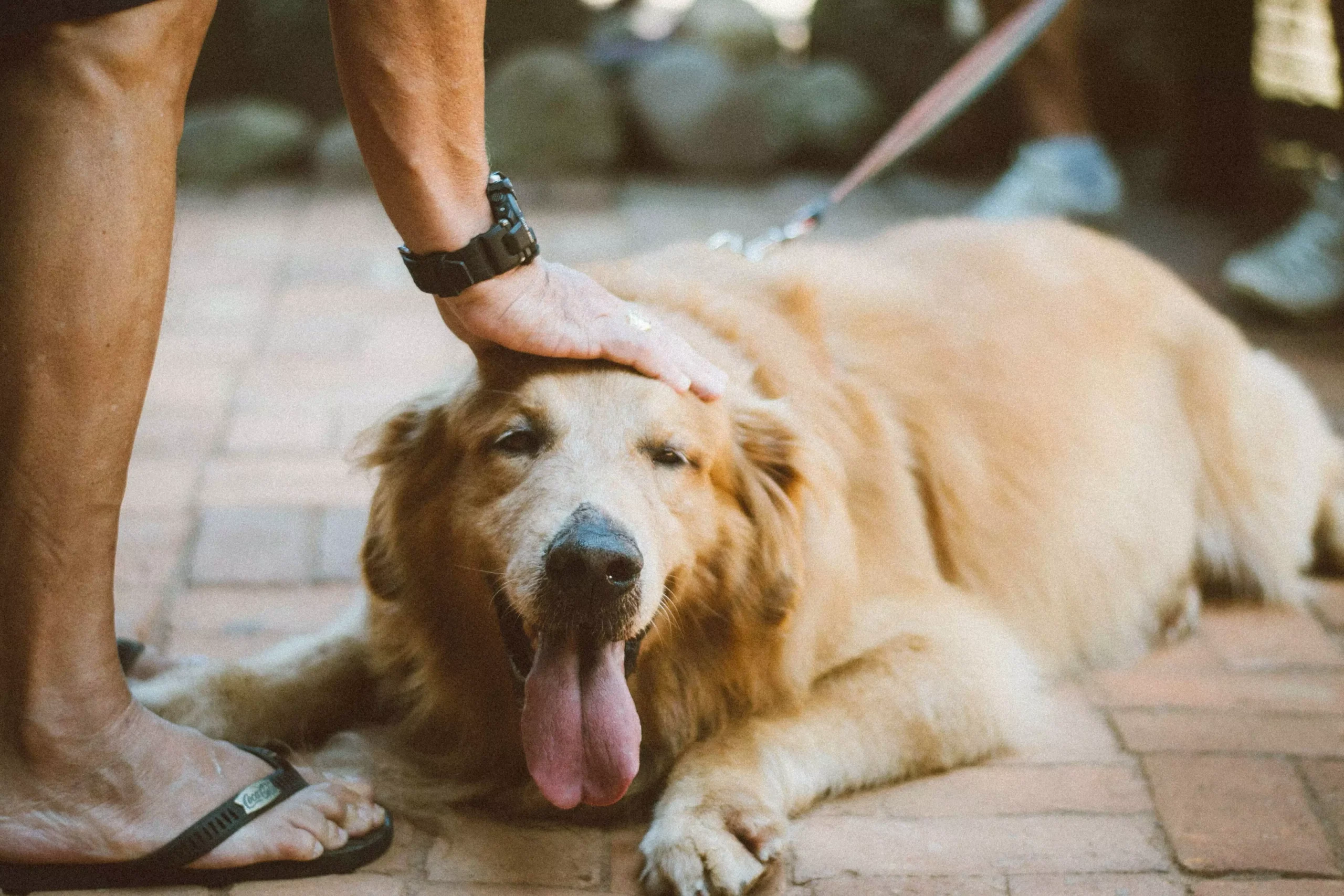Training your dog to stay calm around other dogs is crucial for their well-being and your peace of mind as a pet owner. Social anxiety in dogs can lead to a range of behaviors, such as excessive barking, growling, or hiding, making it challenging to enjoy outings and social interactions. However, with the right techniques and understanding of your dog’s anxiety, you can help them overcome these issues and foster a positive relationship with other dogs.
One of the first steps in addressing social anxiety is recognizing the signs. These may include excessive barking, growling, or lunging towards other dogs, restlessness or inability to relax in their presence, tail tucking or hiding behind their owner, raised hackles or showing teeth, and attempts to escape or pulling on the leash. Identifying the causes of social anxiety is equally important. These can range from lack of early socialization during the critical period of development, traumatic experiences or negative interactions with other dogs, genetic predisposition towards anxiety, or a general lack of confidence or fearfulness.
To help your dog stay calm around other dogs, gradual exposure is key. Start by introducing them to calm and friendly dogs in controlled environments. Begin at a distance that your dog feels comfortable with and gradually decrease it over time. Reward your dog for remaining calm and displaying positive behavior during each interaction. Positive reinforcement plays a crucial role in training. Use treats, praise, and rewards to reinforce calm behavior. Encourage your dog to maintain eye contact with you rather than fixating on other dogs. As your dog becomes more comfortable and confident, gradually reduce the frequency of treats.
Counterconditioning is another effective technique. Associate the presence of other dogs with positive experiences. Engage in fun activities or play games with your dog while in the presence of other dogs. Gradually reduce the focus on activities and increase the proximity to other dogs. Desensitization involves exposing your dog to visual and auditory stimuli of other dogs in a controlled environment. Start with low-intensity stimuli, such as videos or recordings, and gradually increase the intensity. Ensure your dog remains calm and relaxed during the exposure and reward them for their behavior.
While most dogs can be trained to stay calm around other dogs, some may require additional time and effort due to their individual temperament or past experiences. It’s important to avoid using punishment, as it can increase fear and anxiety in your dog. Instead, focus on positive reinforcement techniques to encourage calm behavior. The duration of training varies depending on the dog’s temperament, past experiences, and the consistency of training. It may take anywhere from a few weeks to several months to achieve significant progress. If you’re struggling with training, consulting a professional dog trainer can provide tailored advice and support based on your dog’s specific needs.
In conclusion, training your dog to stay calm around other dogs is a process that requires patience, consistency, and positive reinforcement. By understanding your dog’s social anxiety and implementing the techniques mentioned above, you can help them overcome their fears and enjoy a peaceful coexistence with other dogs. Remember, every small step towards progress is an achievement, and with time, your dog will become more confident and at ease in social situations.



